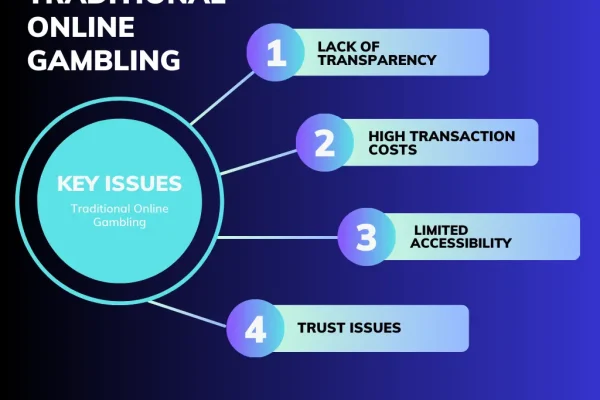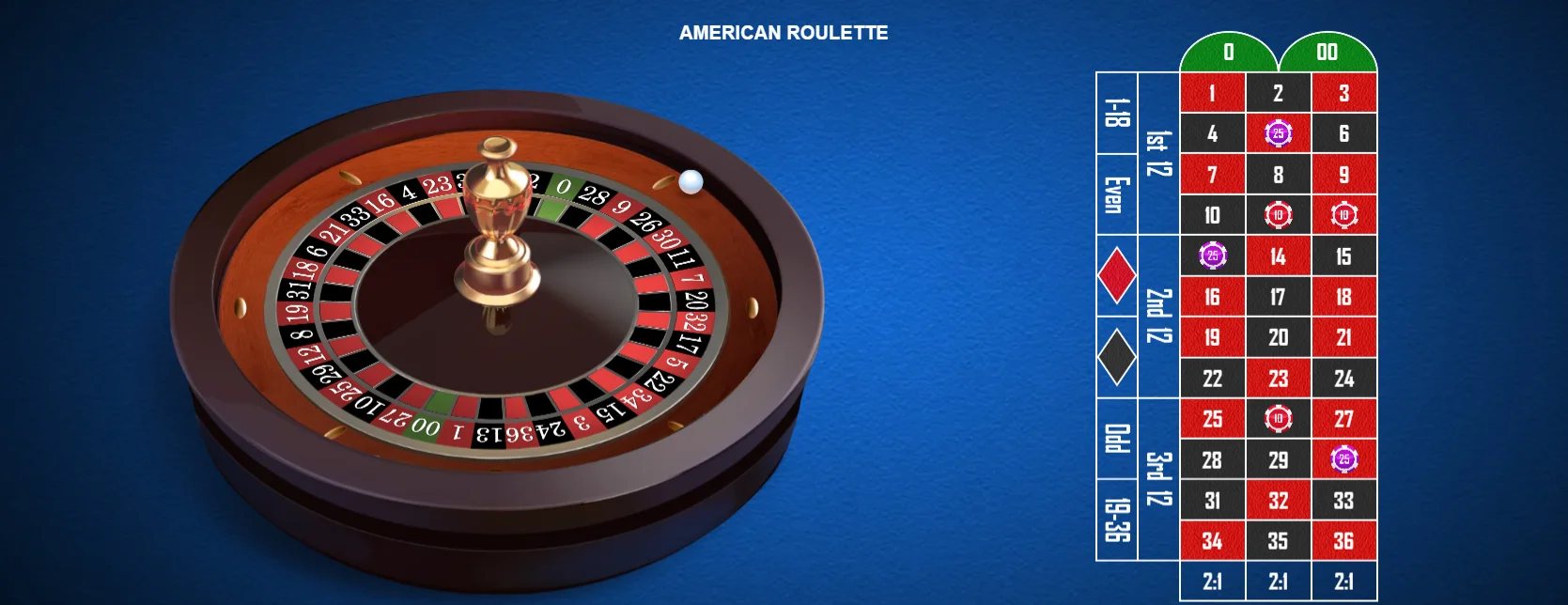The spin of the wheel. The clatter of the ball. The collective breath held at the table. Roulette is pure, elegant chaos—or is it? For centuries, players have tried to tame it, crafting systems and strategies to beat the odds. But how do you truly know if a strategy works? Playing for real money is expensive. This is where the digital laboratory comes in. We’re talking about building your own roulette simulation software to test strategies without risking a dime.
Why Bother Building a Simulator? The Pain Points of Real-World Testing
Let’s be honest. Testing a roulette strategy in a live casino is a slow, costly, and frankly, emotionally draining process. You might start with a hot streak, convinced you’ve cracked the code, only to see your bankroll evaporate over the next hour. Human error, table limits, and sheer impatience skew the results.
A software simulator, on the other hand, is the ultimate impartial judge. It doesn’t get tired, emotional, or rush its bets. It just crunches numbers, spin after spin, session after session, delivering cold, hard data. You can test a Martingale progression over 100,000 spins in the time it takes to drink a coffee. That’s the power of automation in strategy validation.
The Building Blocks of Your Digital Roulette Wheel
So, what goes into building one of these things? Well, you’re essentially creating a virtual model of the game. It’s not just about random numbers; it’s about replicating the entire ecosystem.
1. The Core Engine: Random Number Generation (RNG)
This is the heart of the simulation. You need a robust RNG to determine where the ball lands. For European roulette (which has a single zero), you need a generator that picks a number between 0 and 36. American roulette, with its double zero, requires 0, 00, and 1-36. The key here is ensuring the RNG is truly random—no patterns, no biases. This is non-negotiable for accurate strategy backtesting.
2. The Rule Book: Coding the Game Logic
Next, you program the game’s rules. This includes:
- Payouts: Correctly calculating winnings for a straight-up bet (35:1), a split (17:1), red/black (1:1), etc.
- Betting Options: Allowing the simulation to place all standard inside and outside bets.
- The House Edge: This is the subtle, built-in advantage for the casino. For European roulette, it’s 2.7%. For American, it jumps to 5.26%. Your software must reflect this mathematical reality.
3. The Strategist: Implementing Betting Systems
This is where the magic happens. You code the betting strategy you want to test. Let’s look at a few common ones:
- Martingale: Double your bet after every loss. The code needs to track losses and reset the bet after a win.
- Fibonacci: Progress bets by following the Fibonacci sequence (1, 1, 2, 3, 5, 8…). The logic here is a bit more complex.
- D’Alembert: Increase your bet by one unit after a loss, decrease by one after a win.
- James Bond: A fixed bet spread across different odds.
Coding these forces you to understand them inside and out. You’ll see the logic—and the flaws—with crystal clarity.
What to Measure: The Data That Tells the Real Story
Running the simulation is one thing. Knowing what to look for is another. The real value is in the analytics. Your software should track:
| Metric | Why It Matters |
| Ending Bankroll | The final profit or loss after X spins. The ultimate bottom line. |
| Maximum Drawdown | The largest peak-to-trough decline in your bankroll. This measures risk and emotional strain. |
| Longest Losing Streak | Critical for testing progression systems like Martingale that can explode during a bad run. |
| Win Rate per Session | How often does the strategy end a “session” in the green? It shows consistency. |
Seeing a strategy eke out a small profit over 1,000 spins is one thing. Seeing it survive a 15-spin losing streak without obliterating a starting bankroll is the real test. This is the kind of risk assessment that simulation software development makes possible.
The Inconvenient Truth Every Simulator Reveals
Okay, let’s get to the results. After building and running these simulations, a pattern emerges—one that might disappoint the hopeful strategist. No matter how clever the system, the house edge always asserts itself over the long run.
Progression systems like Martingale can show amazing short-term results. You’ll see graphs climbing steadily. But then, inevitably, you’ll hit that statistically certain losing streak that the system cannot recover from. The simulator will show the bankroll hitting zero or smashing into the table limit. It’s a mathematical certainty, not bad luck.
Flat betting systems, where you bet the same amount each spin, simply see your bankroll slowly eroded by that relentless house percentage. The simulation doesn’t lie. It just… calculates.
So, Is This All a Waste of Time? Absolutely Not.
Here’s the twist. The real value of developing roulette strategy testing software isn’t in finding a “winning” system. It’s in killing hope with data. It’s a brutal, but invaluable, education in probability and risk management.
You stop seeing roulette as a puzzle to be solved and start seeing it for what it is: a game of chance with a predetermined mathematical outcome. This knowledge is liberating. It transforms you from a desperate strategist into an informed player. You might still play, but you’ll do so with a clear understanding of the odds, setting strict limits for entertainment purposes only.
In the end, the most important thing the code simulates isn’t wealth, but wisdom. The spinning wheel was never the point. The real discovery was a deeper respect for the numbers themselves.












